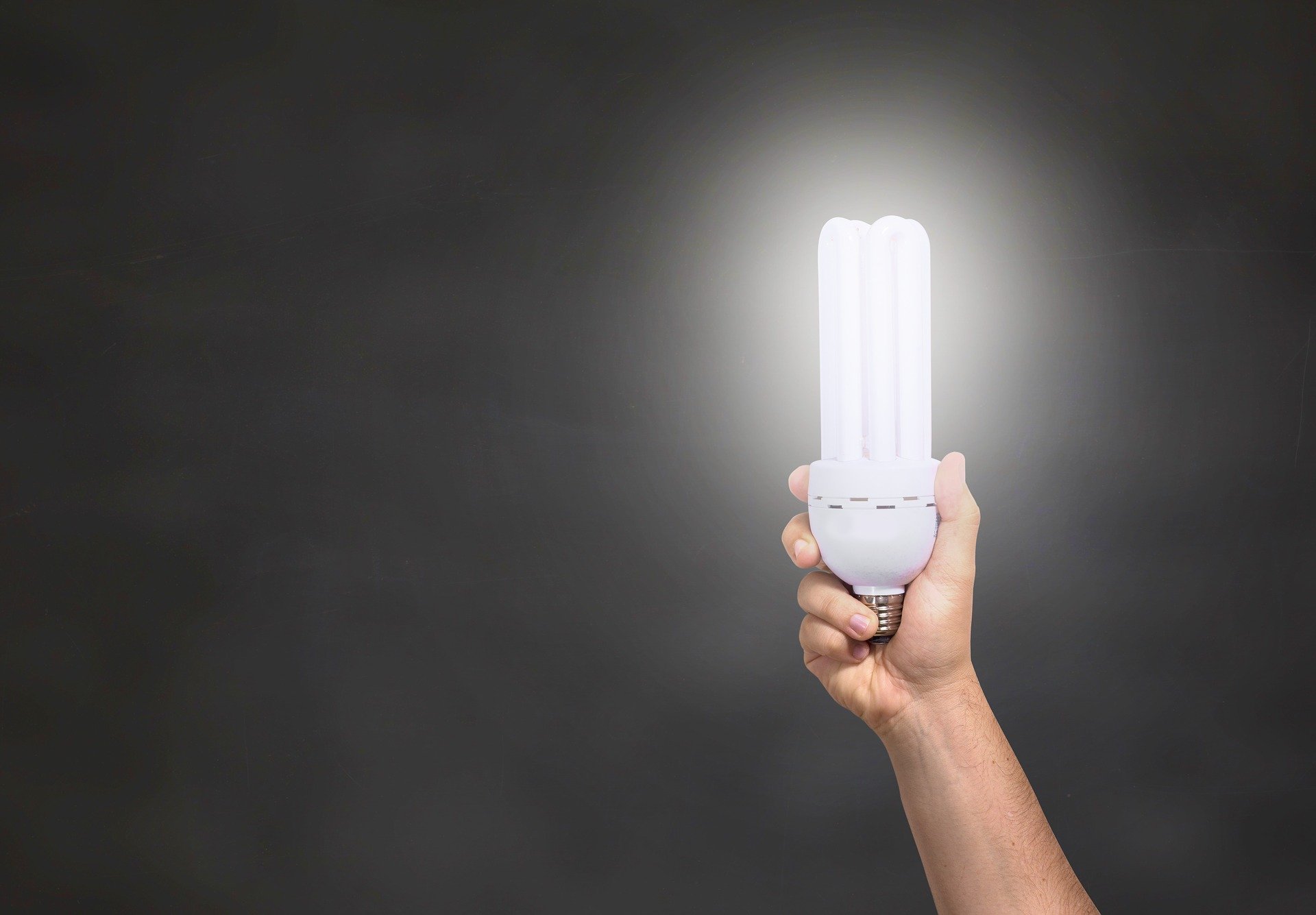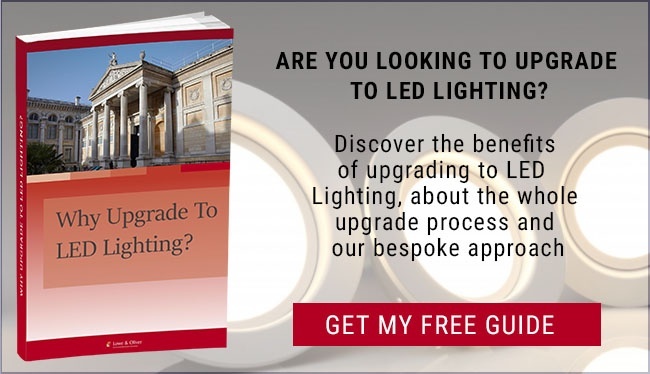
It’s a legislative move that has gone largely unnoticed in the aftermath of more dramatic events, but as of October 1st 2021, the iconic halogen MR16 lightbulb has dimmed its glow for the last time. What does this mean for property developers and facilities managers, and will the alternatives impact on project costs? Here’s what you need to know!
The Fruition Of a Promise
Halogen bulbs may have brought light to millions, but their negative environmental impact has long been recognised. The bulbs consume high levels of energy, their antiquated design only allows around 2,000 hours of light, and neither the complex filament nor the delicate quartz casing can be recycled. As such, MR16 bulbs have long been earmarked by the EU for phasing out as part of efficiency directives designed to comply with the Paris Agreement. The new UK ban, which was agreed as part of the Brexit treaty, represents the fruition of that promise.
Can I Still Use Halogen Bulbs?
The bulbs themselves are not illegal, so it is fine to continue to buy, sell, and use them. However, it will no longer be possible for vendors to restock halogen bulbs, so the existing supply will gradually run out over the coming months. It is unlikely that the difference will be noticed by many, as cheaper and more environmentally friendly alternatives have long been the preferred choice for most property owners. As such, halogen bulbs are already a rarity, and most developments and refurbishments will already be implementing alternative lighting technologies.
What Other Options Are Available?
The leading light in the picture is the LED bulb. With an average working life of 25,000 hours, Light Emitting Diode (LED) lighting neither requires nor produces the same amount of heat as halogen and is therefore highly energy efficient for large premises. Unlike older versions of energy saving light technology, the new class of LEDs does not require a warm-up time to reach full brightness, and when paired with the correct type of switch can be dimmed for atmospheric effect. LEDs are also notable for the variety of available colours, which can be altered via a simple remote or app, enabling the warm glow of halogen to be accurately recreated. The technology is therefore smarter, neater, and more cost-effective.
How Do I Replace Halogen Bulbs For LED Alternatives?
LED bulbs are designed to retrofit into existing light sockets, so switching from halogen is often straightforward. LEDs are currently more expensive than their older counterparts, but the increased outlay is returned in the form of increased service life, absorbing any perceived additional cost. In addition, the improved efficiency of LED technology reduces energy consumption when compared to MR16s. As such, switching is both effortless and ultimately cost effective.
Switching to LED lightbulbs can save you a significant amount of money – if you’re interested in obtaining a completely FREE energy saving report from Lowe & Oliver, in which you’ll find out a total cost of complete halogen lightbulb replacement for your premises, and an estimate of your long-term energy savings, just let us know and we’ll get started.
What Next?
When it comes to electricity and lighting, it pays to know which subtle legislative changes are about to make a major impact. To learn more about ensuring compliance whilst future-proofing your development, please get in touch with one of our electrical engineering project team.
Image Source: Pixabay




